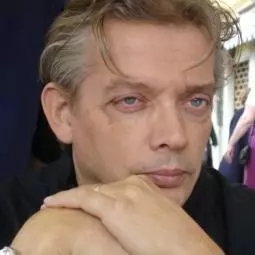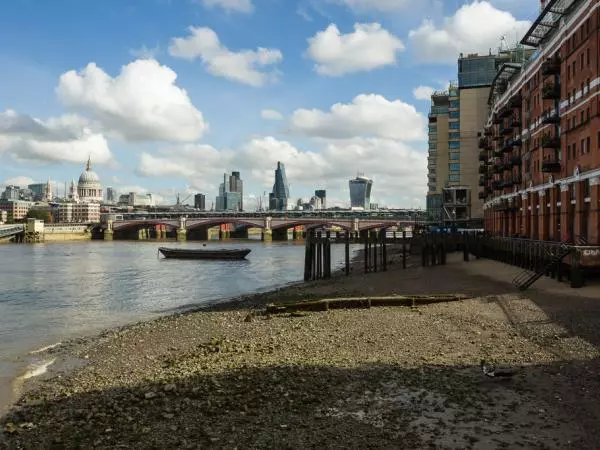Biography
Massimo Turlinelli
By Emilio Daddi
Each time I had the opportunity to see Massimo Turlinelli’s work, there was always something I was unable to fathom. I wondered many times what it was I could not understand in his paintings; what it was that “disturbed” my eye and, above all, my mind. And yet all his work seems simple, perhaps even too simple, “sure that to pass within is easy”. His landscapes favour lines of trees, mostly pine and cypress trees, at times his images are very precise, other times they are imaginative. However, there was always something that was not clear to me. My idea of landscape is the one in Tuscany, skilfully built, designed and plotted by the peasant, who has left nothing to chance. In some cases, Turlinelli’s countryside is somewhat more lyrical, and recalled from a childhood memory.
Some time ago, when I was in Marche with Massimo Turlinelli at his home in Fermo, I suddenly understood what was incoherent and unhomogeneous in his drawings: his current observation is contaminated with memories of his roots (“I admired ... on one side the sea, and on the other the mountain”), when he left his hometown of Fermo. His art, therefore, can only be thus explained: a moment in which childhood and adolescent landscape memories are linked to more mature adult sensations suggested by the structured Tuscan landscape revisited daily by the important events, which are often negative in our time. The artist was forced out of his dreamworld and have taken them to face the painful vision of existence and realize that it is impossible to live in hyperuranic, olimpic and ataraxic world without passion and sufference. And, why not, without joy at all.
Emilio Daddi
 Share / Save
Share / Save





